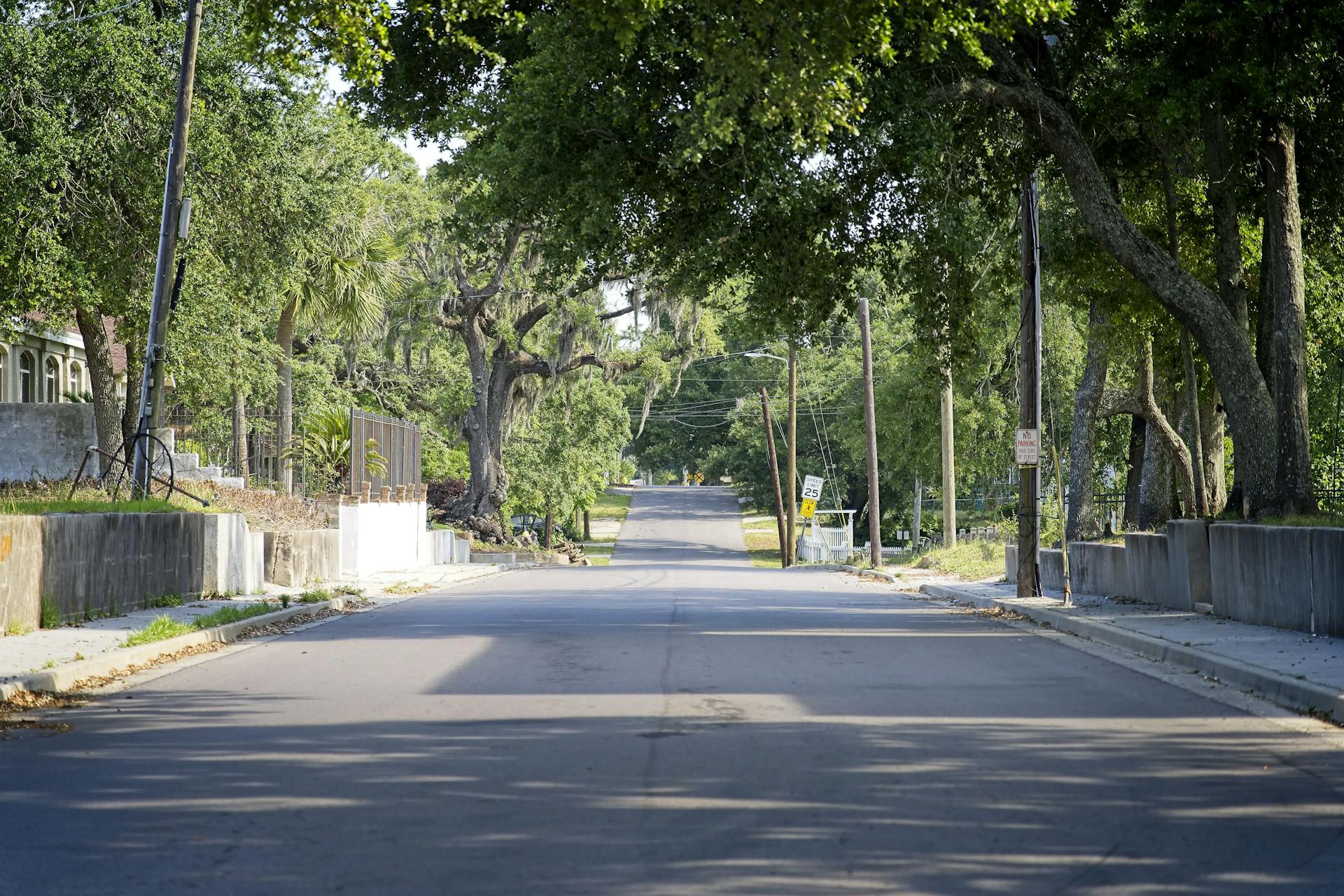Setup a Local WordPress Development Environment on Docker
Posted on | 3 minute read

As I continue to explore Docker, this post will serve as my notes. I assume assume you already have the following technologies on your computer or know how to install them:
- Docker
- Git
- Node & NPM
- A terminal app
- Helpful, but optional: VS Code w/ Docker extension
Installation
Clone WordPress:
$ git clone git@github.com:WordPress/wordpress-develop.gitInstall dependencies:
$ cd wordpress-develop && npm iStart Docker containers:
$ npm run env:startInstall WordPress:
$ npm run env:installBuild WordPress assets:
$ npm run build:devWhere is everything?
Once you’re up and running, you can view the local instance of WordPress: http://localhost:8889/
Logging into WordPress is easy enough:
http://localhost:8889/wp-admin/
user: admin
pass: password
You can also open VS Code and inspect the file and directory structure. You should see something similar:
├── src
│ ├── js
│ ├── wp-admin
│ ├── wp-content
│ └── wp-includes
├── tests
│ ├── e2e
│ ├── phpunit
│ └── qunit
└── tools
├── local-env
└── webpack
├── .editorconfig
├── .env
├── .gitignore
├── etc....The /src directory is where WordPress is located. Here, you can work as you normally did using other local development applications like XAMPP, MAMP, or Local by Flywheel.
The /tests directory houses all unit tests used by @wordpress/scripts. You can run tests using NPM.
Finally the /tools and root directory are where the scripts for setting up Docker, along with other development related configs are located. You can ignore those.
Development
Watch for changes:
$ npm run watchRun PHP unit tests:
$ npm run test:phpRun JavaScript unit tests:
$ npm run test:e2eUse WP-CLI:
$ npm run env:cliNote: Where the documentation mentions running wp, run npm run env:cli instead. For example, npm run env:cli scaffold plugin my-plugin --activate
Check out all the useful WP-CLI commands.
Other
View Docker log files:
$ npm run env:logsPull the latest versions of containers:
$ npm run env:pullStop the containers:
$ npm run env:stopReset the containers:
$ npm run env:reset && npm run env:startNote: this will destroy the Docker containers and create new ones. Make sure you back up your data first!
Pruning dangling Docker stuffs:
$ docker system pruneLearn more about cleaning up dangling Docker containers, images, volumes, and networks.
Gutenberg Development
If you want to contribute to the development of Gutenberg, connecting it to your new local is very easy.
Clone Gutenberg in a new directory outside of /wordpress-develop
$ git clone git@github.com:WordPress/gutenberg.git && cd gutenbergInstall dependencies:
$ npm i && npm run buildSet the path to WordPress:
$ export WP_DEVELOP_DIR=../wordpress-developConnect Gutenberg and WordPress:
$ npm run env connectIf you open up the WordPress dashboard, you should now see the Gutenberg plugin, tests, and example blocks.

Simply activate Gutenberg and any other plugins that you need. Learn more about getting started, and read about the Git Workflow.
Staying Updated
Because both WordPress and Gutenberg are version controlled, you can simply use git pull to bring in the latest changes:
$ cd wordpress-develop && git pull && cd ../gutenberg && git pullIf you want pull in the latest Docker containers:
$ npm run env:pull